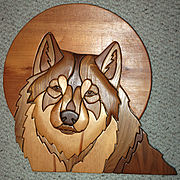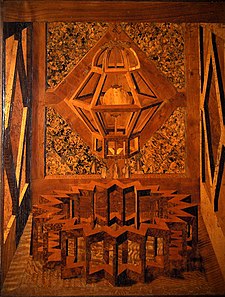
To any one who veiws my blog, first I want to thank you for visiting and please bare with me this is all new to me. and i'm computer dumb........ but I will try do a good job,wish me luck... All my work is made with many peices cut, shaped by hand and I try not to use paints or stain. some day I hope to get in to wood working books. who knows?? thanks again for your time. charley.

.jpg)







